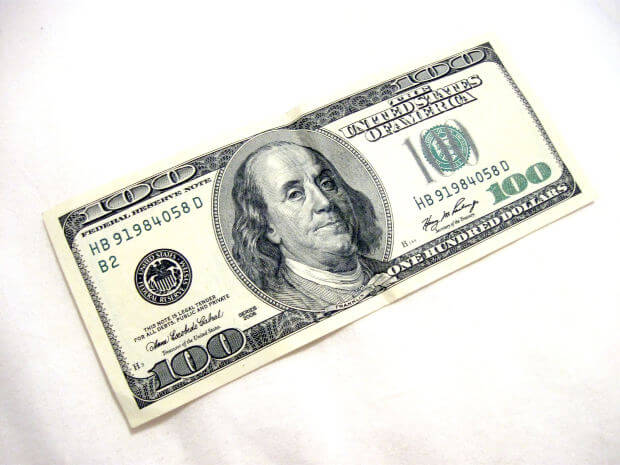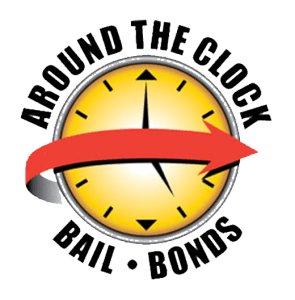All About Bail Collateral
Bail bonds are helpful because they allow someone charged with a crime to get out of jail. They are also complex and sometimes involve unfamiliar concepts. Bail collateral is something that might seem confusing at first. It is important to understand what bail collateral is and how it works.
Understanding Bail Collateral
If you want to post bail for someone in jail, then the most straightforward way is to pay cash to a bail bondsman. Some bail amounts will be much more than the amount of cash a person has or can raise. This is where bail collateral comes into play. The collateral is any physical item or asset that you own. You are essentially going to use the asset to secure the bail bond. This is a very common practice.
Why You Need Bail Collateral
The reality is that bail collateral is needed for several reasons. The first is that many people simply cannot quickly withdrawal any amount of cash in order to get a loved one out of jail. A second reason is that some bail amounts are in the hundreds of thousands of dollars. The collateral allows bail bond agents to get a real and tangible item that can definitely be sold if something goes wrong. It allows agents to safely post bonds with the court and gives defendants without cash a way to get out of jail.
Items That Can Be Used As Bail Collateral
The range of items that can be used as bail collateral is very wide. There are just a few basic rules. The first and most important is that the item has to have real monetary value. The value cannot be in question, too low or sentimental. A second requirement is that you must fully own the item. There cannot be liens or pending payments due on the item. The third requirement is that the bail bond agency agrees to accept the collateral. Some of the most common items used are cars, houses, jewelry and exceptionally valuable electronics.
How the Process Works
The process of using bail collateral is relatively simple. You must get the items and show them to the bail bond agency. You must then show paperwork to prove ownership of larger items like automobiles. The agency usually wants the collateral assets to total around 150 percent of the total amount of the bond. This is to cover unexpected costs or depreciation. You will then have to give the pink slip, title or deed of the collateral to the bail bondsman. If the item is small like electronics or jewelry, then the agent will likely just take it and hold it. If everything goes well, then you will get the collateral back when the case is settled.
When the Collateral Will Be Returned
The collateral will be returned at the end of the defendant’s trial. The trial must end completely with everything resolved. The person must have shown up for all appearances. You must pay off any pending fees or charges in full to the bail bond agency. You will then generally get the collateral back in anywhere from a few business days to a week after resolution. If the defendant fled and did not complete the trial, then the bail bond agency has the right to seize and sell the collateral to pay for the bond and any associated damages.




